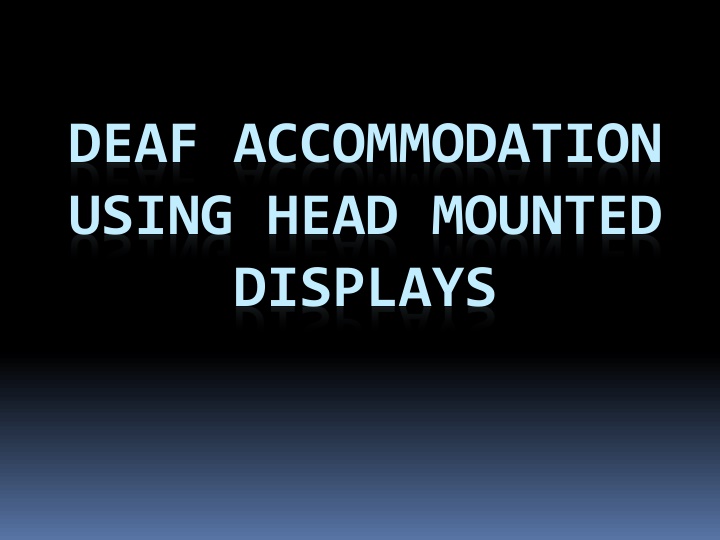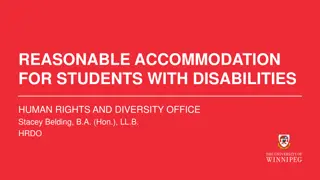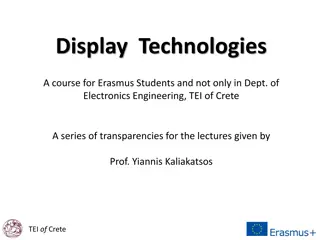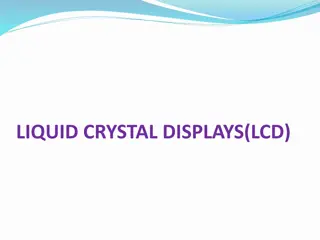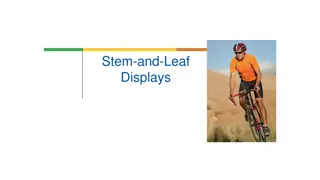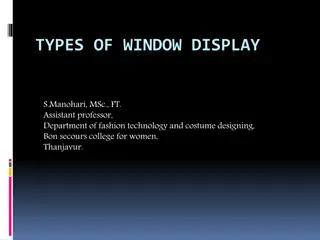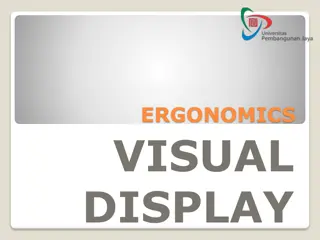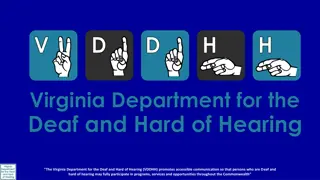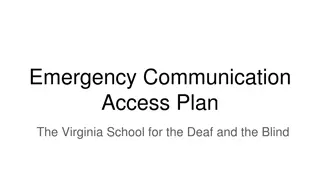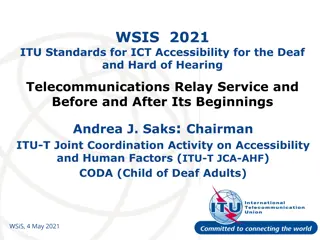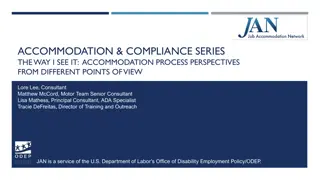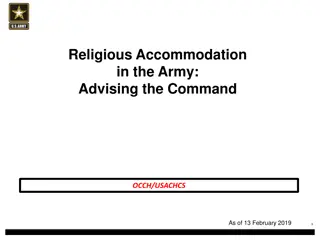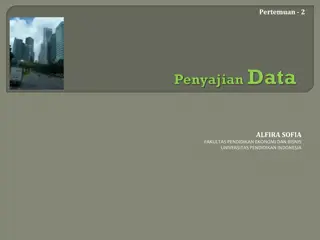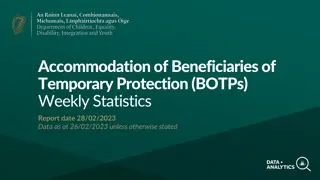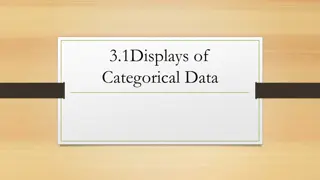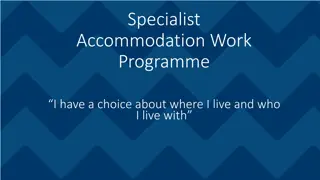Deaf Accommodation with Head-Mounted Displays
Using head-mounted displays for accommodating deaf individuals in educational settings and exploring augmented reality for improved learning experiences. Addressing challenges faced by deaf students and sharing best practices for effective communication and engagement. Highlighting the need for inclusive STEM education and the role of planetariums in providing unique learning opportunities.
Uploaded on Mar 02, 2025 | 0 Views
Download Presentation

Please find below an Image/Link to download the presentation.
The content on the website is provided AS IS for your information and personal use only. It may not be sold, licensed, or shared on other websites without obtaining consent from the author.If you encounter any issues during the download, it is possible that the publisher has removed the file from their server.
You are allowed to download the files provided on this website for personal or commercial use, subject to the condition that they are used lawfully. All files are the property of their respective owners.
The content on the website is provided AS IS for your information and personal use only. It may not be sold, licensed, or shared on other websites without obtaining consent from the author.
E N D
Presentation Transcript
DEAF ACCOMMODATION USING HEAD MOUNTED DISPLAYS
Acknowledgements: National Science Foundation to study HMDs in planetariums for the project EXP: Exploring augmented reality to improve learning by deaf children in planetariums (IIS-1124548) Sorensen Impact Foundation Jean MassieuSchool of the Deaf, SLC
Defining the problem Playing telephone with the information Humans can only watch one thing at a time Teachers often show and explain at the same time. Interpreters are off to the side. Lab settings compound the problem
Best practices Pay attention to line-of-site Avoid talking during critical phases of demonstrations Limit talking while students are reading slides Always talk to the student, not the interpreter. Always face the students when speaking.
Why are deaf people under-represented? Students Who Demonstrate Strong Talent and Interest in STEM Are Initially Attracted to STEM through Extracurricular Experiences 2014 A. VanMeter-Adams et al. CBE Life Sciences Education
Where does astronomy and a planetarium come in? The planetarium isn t a planetarium, it s a simulator. The planetarium provides a controlled 3d space where every group will have nearly identical experiences. You don t have the same control on other field trips. You need to test with some content, it might as well be science. The science content is good test material because students, deaf and hearing, have limited a priori experience.
The winner AR binocular transparent image projected center.
Test Learning Watch a filmed show, interview students about content. Code for specific use of classifiers introduced by the narrator. Control watched the ASL projected directly onto the front of the dome. HMD group watched pre-recorded track through HMD Watch a live constellation show, quiz students on 18 constellations of the students watched an interpreter in front of them. of the students watched the interpreter through the HMD. After 9 constellations, the students swapped.
Results In shows using HMDs Students adopted as many unique classifiers as students watching an interpreter projected on the dome. Students learning constellations were able to identify at least as many constellations (14/18 correct) as students taught using a traditional interpreter (8/18 correct).
Conclusions HMDs show promise for mitigating the split attention issues. The deaf community likes the idea.
